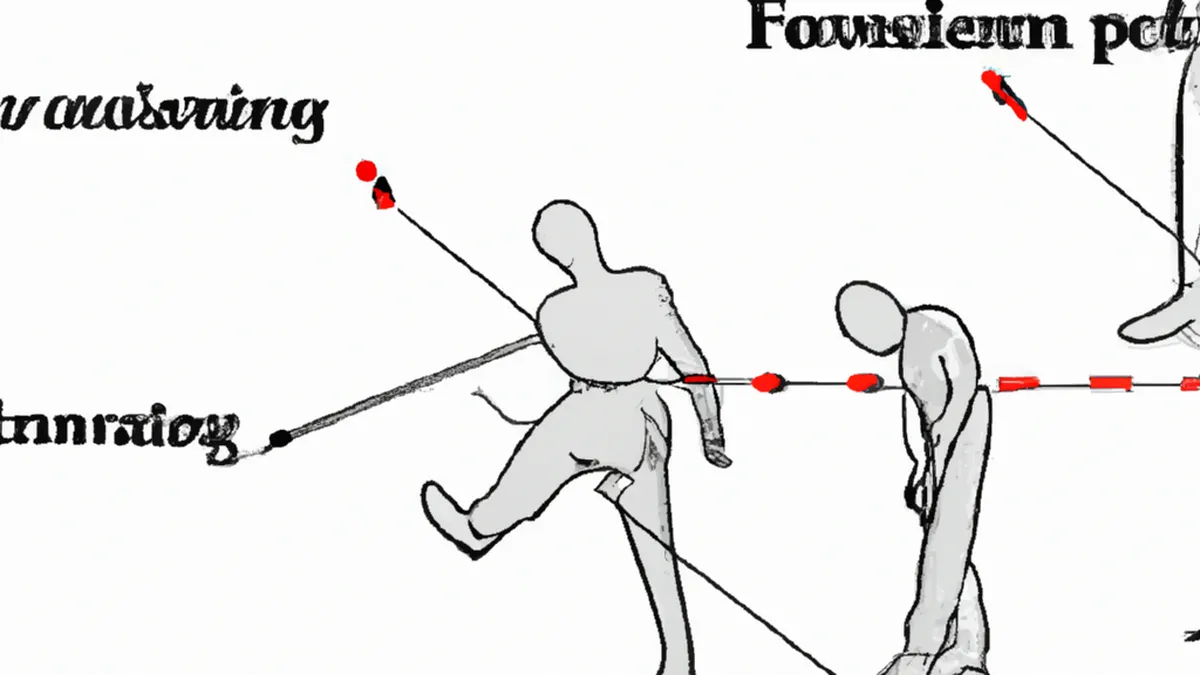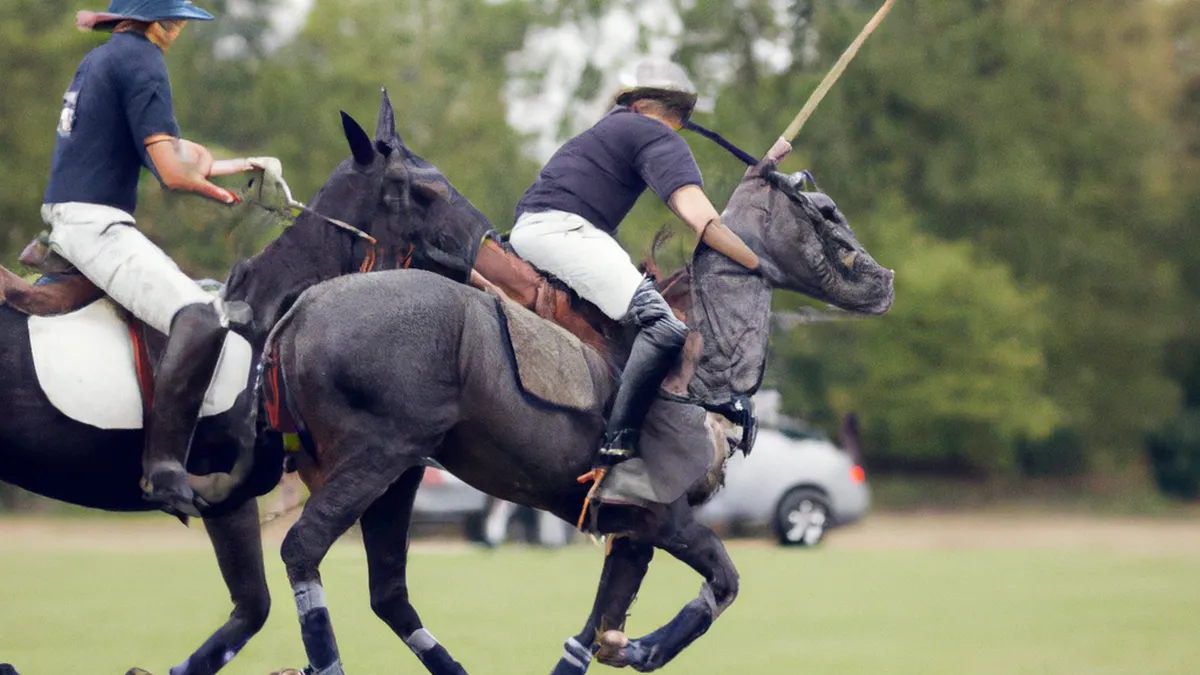Precision in Motion: Fencing Footwork Explained
The Science of Footwork Mechanics in Competitive Fencing
Fencing combines agility, strategy, and precision. It requires physical skill and mental acuity. Every movement can determine victory or defeat. Footwork is a critical component of fencing. Understanding footwork mechanics elevates performance and enhances the overall experience. This blog explores footwork in competitive fencing, its types, and practical improvement tips.
The Basics of Fencing Footwork
Footwork involves movements that help fencers close the distance or evade attacks. Proper footwork maintains balance and positioning, which is crucial for strikes and defenses. Mastering footwork mechanics ensures success in competitions.
Types of Footwork
Fencers primarily use two types of footwork: advance and retreat. Each movement serves a distinct purpose.
– **Advance:** The advance brings the fencer closer to the opponent. Start by pushing off your back foot. Shift your weight forward while keeping your front foot light. The advance should feel fluid, allowing quick responses to your opponent.
– **Retreat:** The retreat creates distance from an opponent’s attack. Step back with your front foot to perform a retreat. Shift your weight onto your back foot while maintaining a low center of gravity. This position helps retain balance and prepares for your next move.
The Importance of Balance
Balance is essential in fencing. Fencers must stay grounded during attacks and defenses. Poor balance leads to missed opportunities and ineffective movements. Focus on your stance and distribute your weight evenly between both legs. A proper stance stabilizes you and contributes to faster reactions.
Coordination and Timing
Coordination and timing are crucial for effective footwork. Fencers must synchronize movements with their opponent’s actions. This requires heightened awareness and quick reflexes. Anticipating your opponent’s moves allows effective responses, whether you need to advance or retreat. Practicing footwork drills improves coordination and develops muscle memory for quick movements.
Tips for Improving Footwork Mechanics
Improving footwork mechanics requires dedication and practice. Here are practical tips to enhance your skills:
1. Practice Drills Regularly
Incorporate specific drills that focus on advance and retreat movements into your training routine. Dedicate time to practice.
Conclusion
In summary, mastering footwork mechanics enhances your fencing skills and performance.
Below are related products based on this post:
FAQ
What are the two main types of footwork used in fencing?
The two main types of footwork used in fencing are the advance and the retreat. The advance allows fencers to close the distance to their opponent, while the retreat helps create space to evade attacks.
Why is balance important in fencing footwork?
Balance is essential in fencing because it allows fencers to maintain a stable stance during attacks and defenses. Poor balance can lead to missed opportunities and ineffective movements, making it crucial for success in competitions.
How can I improve my footwork mechanics in fencing?
To improve footwork mechanics, regularly practice specific drills that focus on advance and retreat movements. Dedicate time in your training routine to enhance these skills and develop muscle memory for quicker, more effective movements.















Post Comment